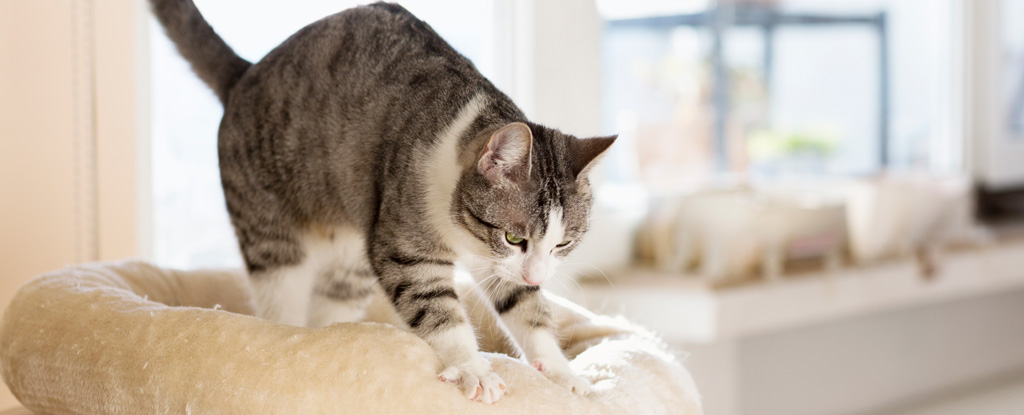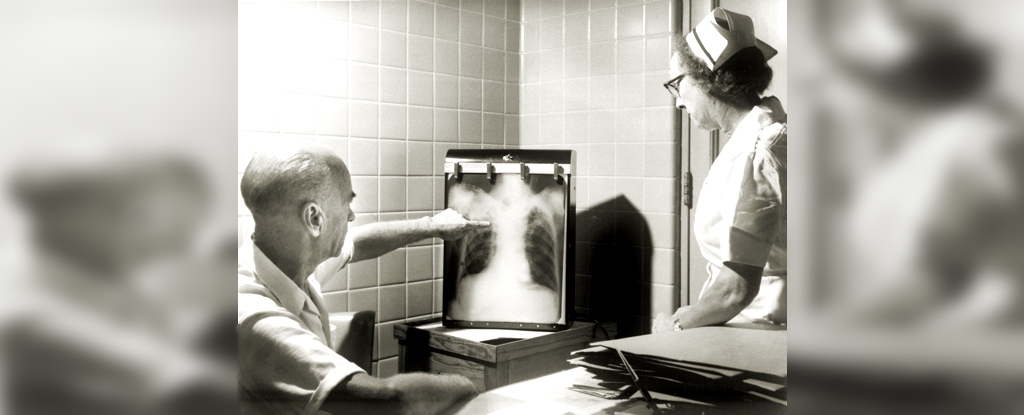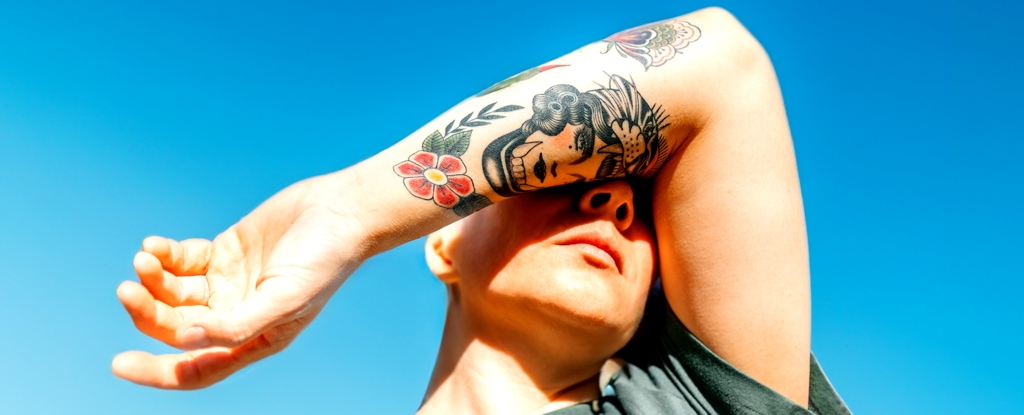When kneading, cats massage an object with their front paws, which extend and retract, one paw at a time.
This massage movement, named for its resemblance to kneading dough, is repeated rhythmically. You may have seen your cat knead and wondered how on earth she developed such behavior.
So why do knead cats? Does it tell us anything about how they are feeling and is there anything you can do if they painfully knead you while sitting on your lap?
The evolutionary background of kneading
Cats start kneading when they are little kittens still nursing from their mother. Kneading is associated with sucking, which helps stimulate the mother cat milk supply through the release of oxytocin and probably developed for this reason.
Kneading has another evolutionary advantage. It can be used as a form of tactile and pheromonic communication between kitten and mother.
Cats have scent glands in their soft pads, and when they knead, these glands release pheromones (chemical messages used to communicate).
kneading on her mother freed pheromones associated with attachment, identification, health status and many other messages.
One of these, known as “cat calming pheromone,” is released by the sebum glands surrounding the mammary glands.
Pheromones are not only important for the bond between mother and cub. Cat soothing pheromone also has the potential for treatment aggression in adult cats.
If kneading is a kitty behavior, why is my adult cat still doing it?
While kneading evolved to stimulate milk production and to express chemical and tactile messages between kitten and mother, it’s also common in adult cats because it’s called that neoteny.
Neoteny is when an animal retains its juvenile physical or behavioral characteristics into adulthood. It is likely that these traits are beneficial to cats when they need to socialize with people and other cats or animals in the household.
Kneading in particular can be maintained into adulthood as it can help convey messages.
Kneading on your lap is a cat’s way of saying, “We belong” or “You’re in my social group.” Or, to put it in a very human way: “You are my person”.
We can also increase kneading by rewarding our cat with attention when she does it.
Some cats also like to knead on soft or woolen blankets suck on the material, like from a teat. This can be relaxing or calming for the cat because of this association.
What does kneading say about how our cats are feeling?
In most cases, kneading is probably an indication that your cat is comfortable.
However, if the kneading (and especially sucking) is very frequent and prolonged, seems compulsive, or is starting to damage your cat’s paws, legs, or mouth, it may be a sign that your cat is stressed or in pain and Needs to see a veterinarian.
Kneading and sucking can become compulsive, a particular problem in Siamese and Birman cats.
Some cats don’t knead at all. Just like humans, cats are individuals and like to show that they are comfortable or connected to you in their own way.
Help! Kneading my cat hurts my legs
Kneading is normal behavior that can help your cat feel connected to you. If your cat’s claws are getting a little too strong for your liking, invest in a thick blanket to cover your legs with. Avoid judging them or throwing them off your lap.
Instead, reward kneading, which involves keeping claws to a minimum, by showing more attention by patting or giving a treat when your cat kneads the way you want it.
You can even add a hint to request the claws go away. Something short like “pads!” would be a good option. Just associate the word and a food reward with the desired behavior.
And if you need your cat more than she hugs you, that’s okay too.
Susan HaselSenior Lecturer, School of Animal and Veterinary Science, University of Adelaide and Julia Henninggraduate student, University of Adelaide
This article is republished by The conversation under a Creative Commons license. read this original article.





